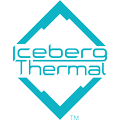Description
aNODIZING
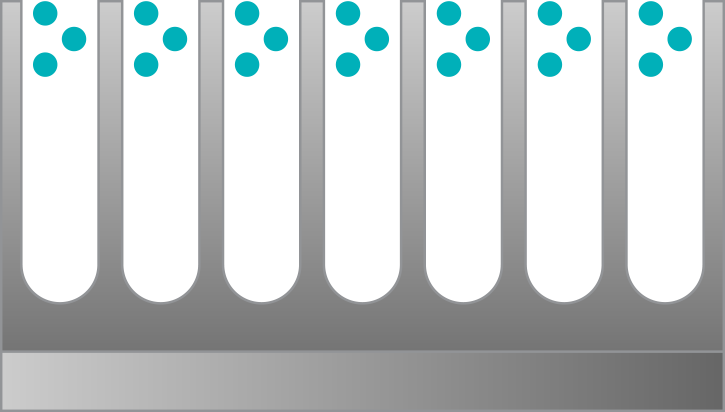
ANODIZING
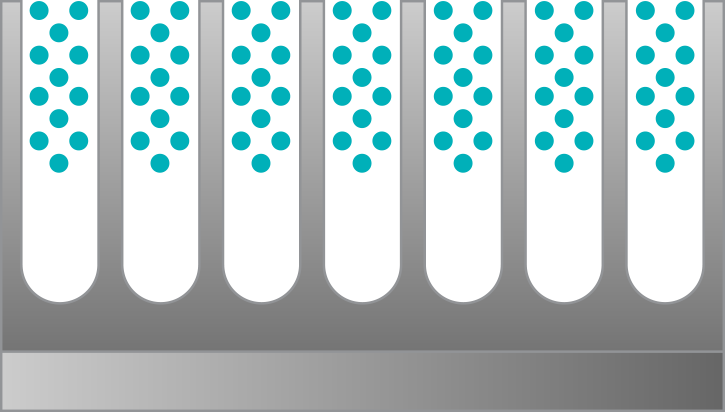
HARD ANODIZING
Anodizing
Anodizing refers to the electrochemical oxidation of metals or alloys. Aluminum and its alloys form an oxide film on the aluminum product (anode) due to the action of the applied current under the corresponding electrolyte and specific process conditions. Anodizing can not only solve the defects of aluminum surface hardness, Abrasion resistance, etc., but also extend the service life of aluminum and enhance its aesthetics. It has become an indispensable part of aluminum surface treatment and is currently the most widely used and is a very successful craft. The thickness of the oxide film is generally less than 25um, which can oxidize a variety of colors.
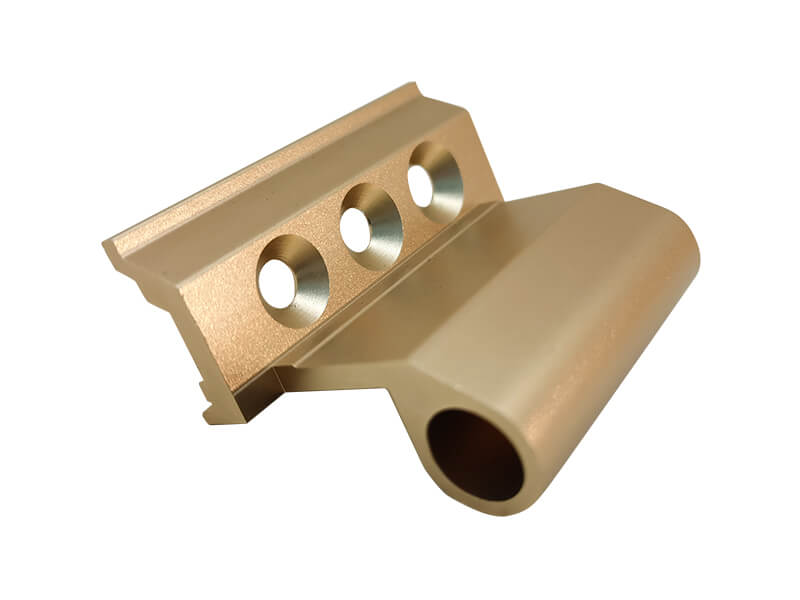
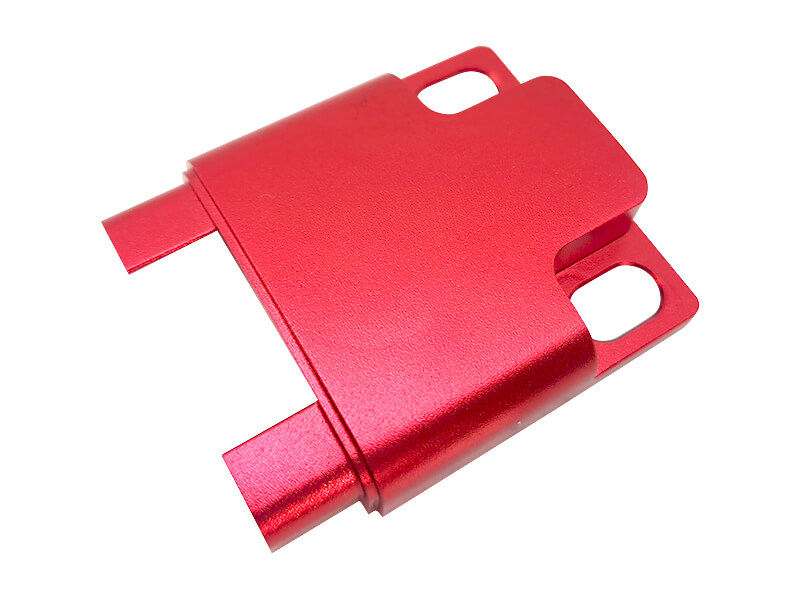
Hard anodizing
The full name is hard anodizing. Hard anodic oxide film generally requires a thickness of 25-150um. Most hard anodic oxide films have a thickness of 50-80um. Hard anodic oxide films with a film thickness of less than 25um are used in tooth keys and spirals. The thickness of the anodic oxide film for parts, wear resistance or insulation is about 50um. Under certain special process conditions, it is required to produce a hard anodic oxide film with a thickness of 125um or more, but it must be noted that the thicker the anodized film, the The lower the microhardness can be, the rougher the surface of the film increases (will be). The bath solution for hard anodic oxidation is generally sulfuric acid solution and sulfuric acid with organic acids such as oxalic acid and sulfamic acid. In addition, hard anodizing can be achieved by lowering the anodizing temperature or reducing the sulfuric acid concentration. For deformed aluminum alloys with copper content greater than 5% or silicon content greater than 8%, or die-cast aluminum alloys with high silicon content, some special measures for anodizing may also be considered. For example: For 2XXX series aluminum alloy, in order to avoid aluminum alloy being burnt during the anodizing process, 385g/L sulfuric acid plus 15g/L oxalic acid can be used as the electrolyte bath, and the current density should also be increased to 2.5A/dm. It can oxidize a variety of colors.
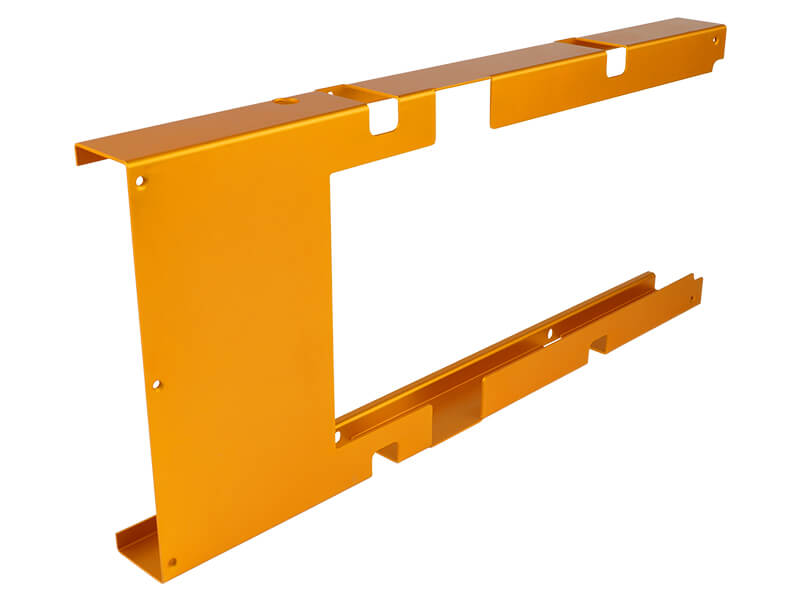
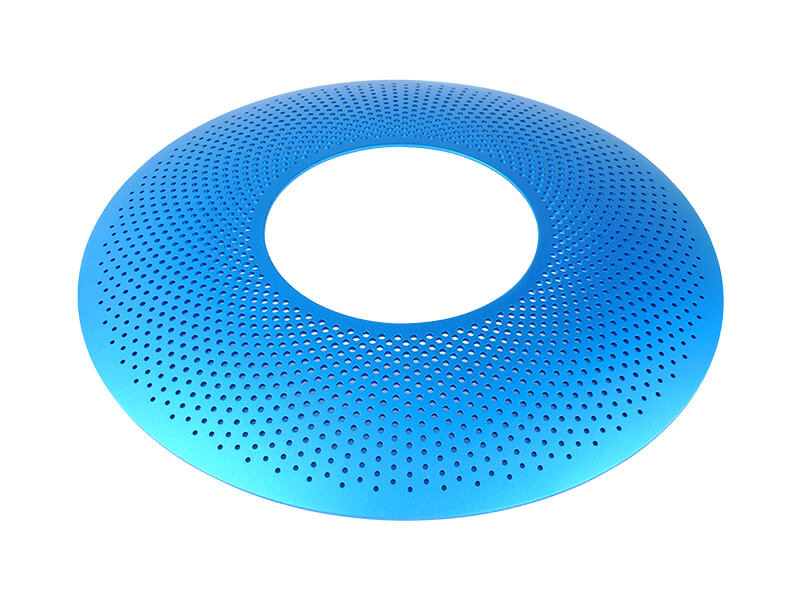
CONTACT US
Our team is on hand to address your concerns.
Just complete the email form below.
Thank You!
